Ever wondered what it would take to truly live off only what’s already in your kitchen? Just whatever’s on your shelves. That’s the idea behind the 4-Ingredient Pantry Challenge. It might sound simple at first, but when you’re limited to only four ingredients, every decision counts. Can you make meals that are filling, tasty, and even a little creative? Or will you realize just how dependent we’ve become on store shelves and convenience foods?
That question started this whole experiment for me. I decided to see if I could actually live for a whole week using only four ingredients from my pantry. No last-minute store runs, no exceptions.
If self-reliance means anything, it’s knowing you can still feed yourself when comfort runs out.
The Four I Bet My Week On
So, what did I choose? After a lot of thinking, I landed on all-purpose flour, a big sack of dried pinto beans, the eggs from my laying hens, and a box of salt.
This wasn’t a random grab. I had a reason behind all of them.
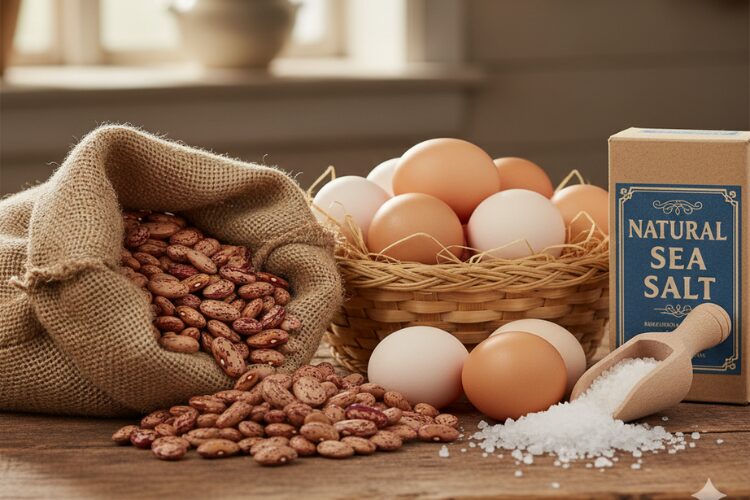
The flour is versatile, so I can turn it into bread, pancakes, or even thickening agents for soups. The dried beans are packed with protein and can stretch into multiple meals. Eggs from my hens provide not only protein but also fat and flavor, and they’re easy to cook in a variety of ways. And the salt… well, that’s the silent hero of any kitchen. It preserves, seasons, and brings everything together. I actually first learned about salt preservation from the Amish Ways book. Honestly, I wish more people knew about it; it’s a game-changer for any homesteader.
For the first time ever, this 200-year-old wisdom is available in a beautifully made edition, authored by Eddie Swartzentruber, a man who spent 16 years living within the Amish community and learning their way of life first-hand. You can grab your own copy today and claim 3 FREE BONUSES using
my exclusive 76% discount coupon right here
Your four will tell your own story.
Maybe yours is cornmeal, canned fish, lard, and honey. The point is to pick a team that can work together in a dozen different ways to keep you going.
Laying Down the Law (With One Smart Loophole)
I made my rules simple.
One: absolutely nothing beyond my chosen four.
Two: the grocery store might as well not exist.
Three: the only free pass was for water. But I gave myself one homesteader’s loophole: anything I could safely forage from my land was fair game.
Wild onions, dandelion leaves, that kind of thing. It felt like cheating until I realized that this was the whole point: to force my eyes open to the free food living right outside my door.
Don’t wander blind. This guide written by a top-trusted survivalist showed me exactly what I could safely eat and what to avoid, and it will do the same for you. It also taught me how to turn simple weeds into full meals. So if you want to start harvesting your land’s hidden bounty today, I highly recommend you read it.
Days 1 & 2: The Honeymoon Phase
The first two days felt like a fun game. I made flatbreads from just flour, water, and a pinch of salt, frying them in a bit of fat I rendered from the beans. I mashed some cooked pinto beans, shaped them into patties, and fried them in the same pan, topping a few with eggs from my hens. Simple, but it tasted amazing.
For breakfast, I scrambled eggs with a few spoonfuls of mashed beans mixed in, and even tried making little bean-and-flour fritters. I boiled some beans plain just to see how they’d turn out, and sprinkled a bit of salt on top. It was surprisingly satisfying. Every meal felt like a victory because I had made it entirely from scratch with only four ingredients.
➡️ How to Stockpile 272 pounds of long-lasting food with just $5
By the end of Day 2, I was proud of what I’d managed to create. I was experimenting with different textures: crispy flatbreads, soft bean patties, runny versus firm eggs—and I couldn’t believe how much variety I could get from just flour, beans, eggs, and salt.
Days 3 & 4: Hitting the Wall
By Wednesday, the fun was over. I was bored out of my mind.
Everything started to taste the same. I was so sick of pinto beans I didn’t even want to look at them. I would’ve traded my best hen for a single lemon.

So I tried changing things up. I crumbled flatbread into my scrambled eggs, fried bits of mashed beans like little nuggets, and even tore flatbread into strips to pretend they were noodles. None of it helped much. It all tasted bland and heavy.
My energy dropped. That’s when I realised: the real challenge wasn’t being hungry. It was being tired of the same food, over and over again.
So I started experimenting again. I soaked the beans longer to make them softer and used the bean broth as a base for a kind of soup. I whisked an egg into it to thicken it up, then tore in some flatbread for texture. It wasn’t really fancy, but it felt new enough to keep me going. I also tried baking the flatbread a little longer until it turned crispy, almost like crackers, and used those to scoop up mashed beans.
By the end of Day 4, I was still tired of the same flavors, but at least I’d found a few new ways to make them work. It wasn’t about loving the food anymore, it was about learning how to make the most of what I had.
Days 5, 6 & 7: The Breakthrough
But you push through. And on day five, something shifted.
I stopped seeing my four ingredients as limits and started seeing what I could actually do with them.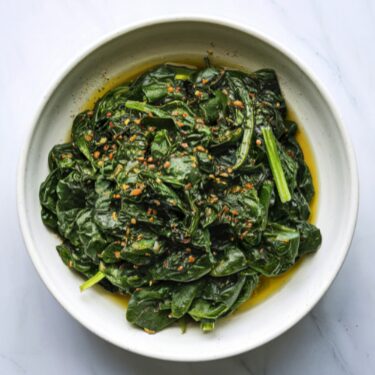
I let a handful of beans sprout on the counter. A couple of days later, those crisp little sprouts tasted fresh and almost green, like something new had finally entered my kitchen. I sprinkled them over my bean stew, and it completely changed the flavor.
I also started looking beyond the pantry. Out by the fenceline, I found a few dandelion leaves and wild onion shoots pushing through the grass. I picked a handful, chopped them fine, and stirred them into the hot bean broth. That little bit of fresh, foraged flavor lifted the whole meal.
>>> Why You Should Can Dandelions Growing in Your Backyard
I also tried toasting the flour in the pan before mixing it with water and salt. It smelled rich and nutty, and the flatbreads came out darker and way more flavorful. Even the leftover bean water became a kind of broth once I added salt. I drank it hot one evening, and it was the most comforting thing I’d had all week.
What I Actually Ate (and How You Can Recreate It)
Most of my meals were built from the same four basics, but by the end of the week I’d found a handful of ways to make them feel different. Breakfast was usually something quick. A fried egg with a bit of mashed beans on the side, or a piece of crisp flatbread dipped into the warm bean broth I saved from cooking.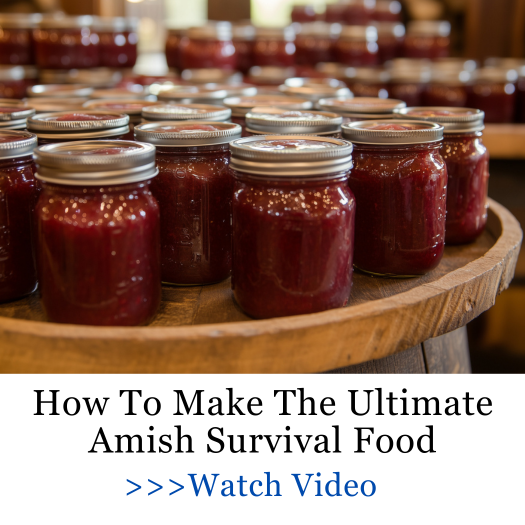
Lunch was heartier. Sometimes I folded mashed beans inside a piece of dough before frying it, like a pocket, or used leftover flatbread to scoop up thick beans straight from the pot. I’d crumble the bread into smaller pieces and pour hot bean broth over it for something that felt almost like a stew.
By dinner, I got a little more creative. I mixed eggs into the dough for extra flavor and protein, or pan-fried the beans in the leftover oil from my eggs so they picked up that rich, salty taste. Even with just four ingredients, I could make something different enough each time to stay interested.
If you want to try it yourself, keep it simple: mix flour, salt, and enough water to make a soft dough. Fry small rounds until golden, then layer with beans and a fried egg. Or pour your bean broth over torn pieces of flatbread for a warm, filling meal that’s as humble as it is satisfying.
Smart Tricks to Make 4 Ingredients Feel Like 10
You can radically transform your core ingredients without new additions by manipulating them with basic homestead techniques. Try sprouting a handful of your dried beans by soaking them for eight hours, then rinsing them twice daily until tiny tails appear.
These sprouts introduce a fresh, crunchy texture and a boost of available nutrients, making your bean supply feel like two distinct ingredients—one soft and starchy, the other crisp and alive.
Change your cooking method with the same ingredient to create entirely different eating experiences.
Take your flatbread dough; instead of pan-frying it, you can roll it thin, bake it into hardtack for a shelf-stable cracker, or tear it into small pieces and pan-fry them in a bit of fat to create croutons for your bean stew.
Each technique—baking, frying, and stewing—delivers a unique mouthfeel and flavor from the same flour, water, and salt mixture.
If you want to survive and even thrive when your pantry runs dangerously low and every ingredient counts, The Dollar Apocalypse Guide is a must-have. It’s packed with real, actionable strategies for stretching limited supplies, turning a handful of staples into multiple meals, and keeping you and your family fed when shortages hit or prices skyrocket.
Grab your copy now with 74% OFF, and you’ll also get 3 FREE bonus resources designed to help you put these strategies into action immediately. Think of it as a roadmap for using what you already have more creatively and effectively, so your pantry goes further, and you never feel trapped by limited options.
Don’t wait until the pantry is nearly empty or the grocery store shelves are bare. The longer you wait, the harder it becomes to feed your family. This guide shows you how to make every ingredient count before a crisis forces you into survival mode.
What This Experiment Taught Me
This challenge rewired my brain. It drilled into me the real, tangible difference between wanting something and needing it. I learned that “enough” is often much less than we think.
The gratitude I felt for a simple, warm bean stew by the end of the week was deeper than any I’d felt looking at my full pantry before.
It built a resilience in me that wasn’t theoretical anymore. I had proven to myself that I could do it. I could take almost nothing and make it enough.
So, Are You Ready to Try It?
I’m not going to sugarcoat it. The 4-Ingredient Pantry Challenge is hard.
It’s a mental grind. But it is also the single most educational thing I’ve done for my homesteading confidence.
It transforms your pantry from a museum of stored food into a flexible toolkit you actually know how to use.
So, I’ll ask you the question that started it all.
Look at your land, look at your larder. Look at what you truly produce and store.
Could you do it?
Could you thrive on just four? Take the challenge and find out.
Let us know in the comments how it went!
Inside A Navy SEAL’s Bug-In Guide, you will discover exactly how to build a long-lasting stockpile that needs no refrigeration. It starts with a complete stockpile that you can eat from morning, lunch, and dinner for three months. Then you’ll have another one for six months and another for a full year.
You’ll see exactly where to buy these foods so they’re as affordable as possible. You’re also going to get a day-by-day and meal-by-meal rationing plan to make sure you are not only getting around 2,200 calories a day but also the vital protein, fat, and other nutrients that will keep you healthy in the long run.
Besides what I’ve mentioned so far, here are some other things you’ll find inside:
- The Under $1 Walmart Canned Goods You Absolutely Need to Add to Your Food Reserves
- A Meal in a Jar That Can Feed You for a Week
- How to Make the Ultimate Survival Food with a 25-Year Shelf Life
- The Only Seeds You Need to Stockpile for a Crisis
- What Item You Should Remove from Your Pantry Immediately
- How to Hide That You Still Have Power Left in a Blackout
- What Great Depression Foods We’ll Be Eating Again Soon
- How to Use a Car Battery to Power Up Your Radios
- What Happens if You Take Expired Medications
And so much more!
The author has printed only a limited batch of copies this time, and once they’re gone, they’re gone for good. You can access my personal discount right here!
Add This to Your Pantry to Keep Pests Away This Winter
An Insanely Effective Way To Build A 5 Year Food Stockpile (Video)
25 Pantry Foods That Actually Expire Quickly

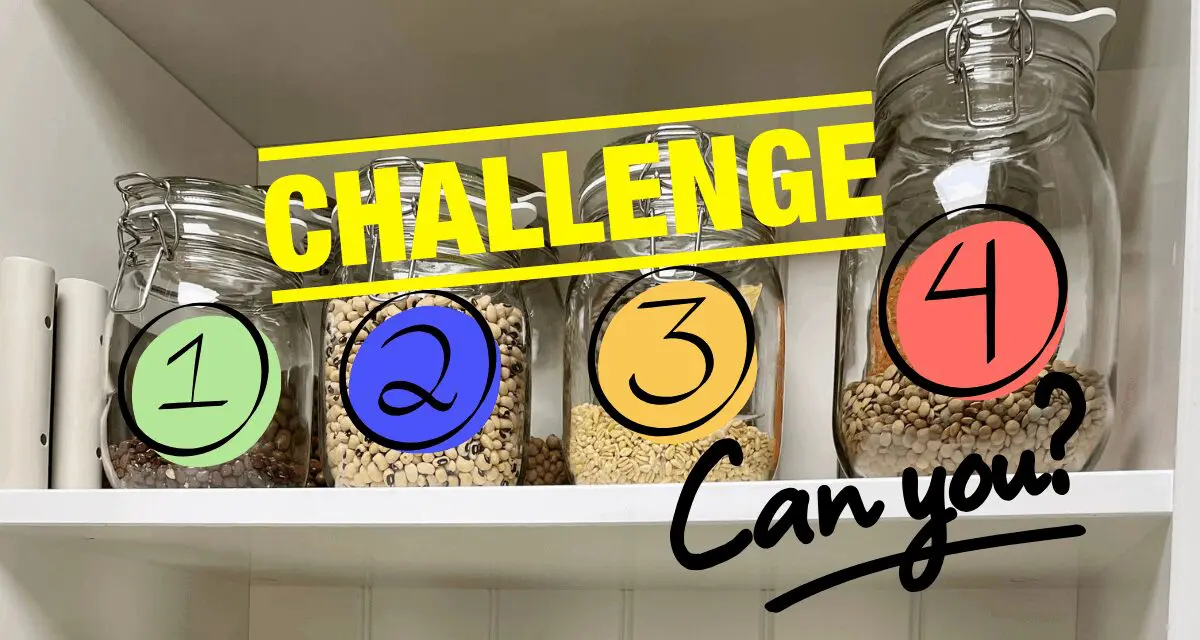


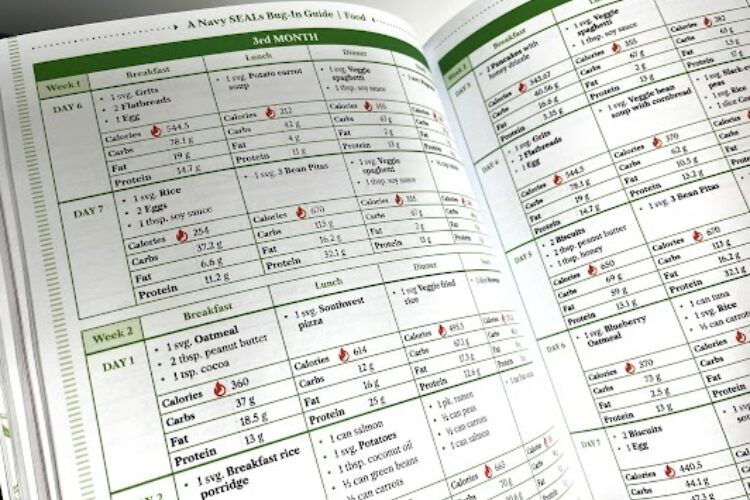

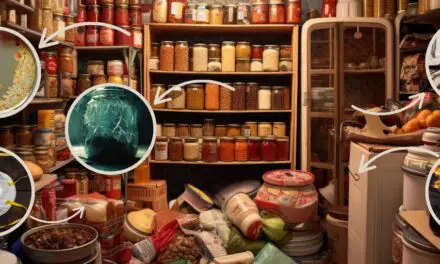
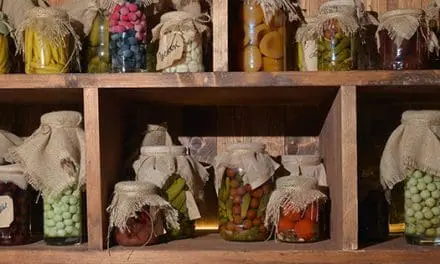
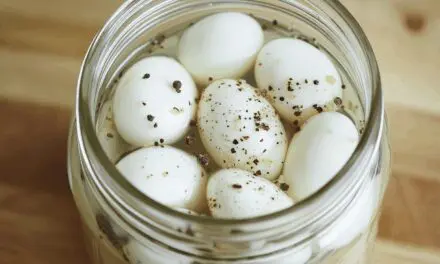


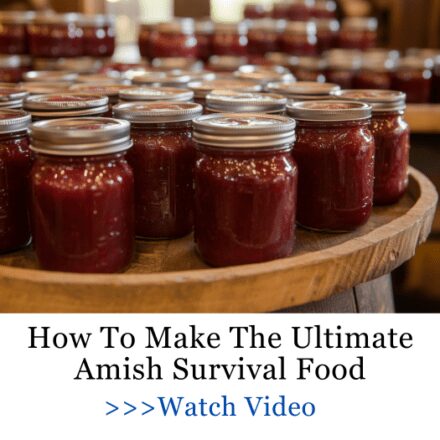





Great advice. I would make some noodles also with that flour, salt, eggs and water. Dumplings is another way to use the flour, use the bean water to make it. I had to laugh when you said you could use stuff from outside and around your property. I would be eating like a queen. We have all kinds of herbs, plants and medicinals growing on our place plus we grow our own food.
Hi Tina!
I love that idea! You’d definitely wing the challenge with all those herbs and homegrown goodies. Who needs a grocery store when you’ve got all that right outside your door, right?